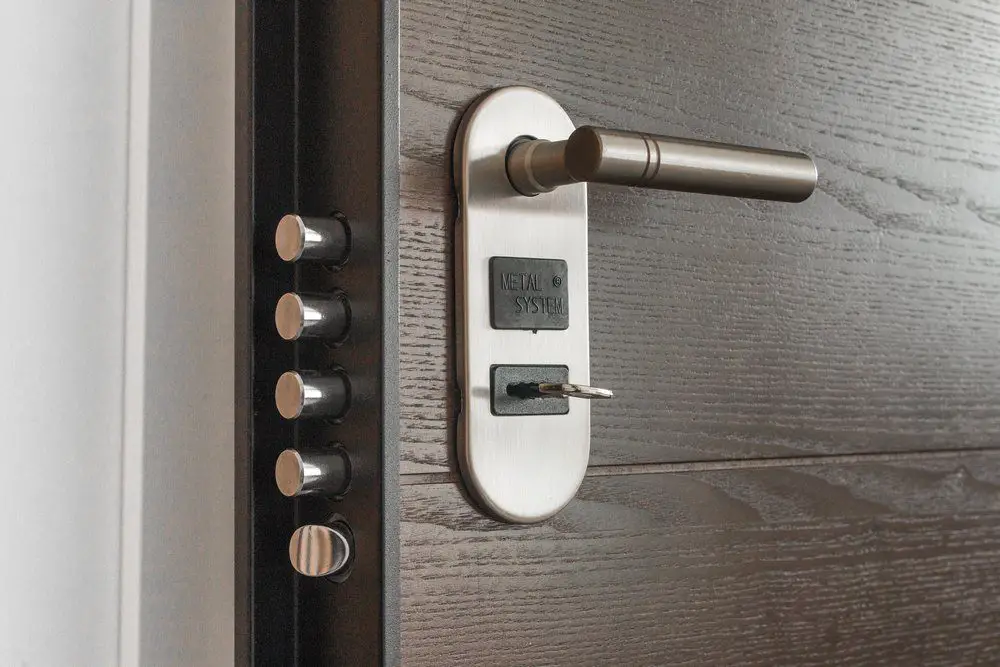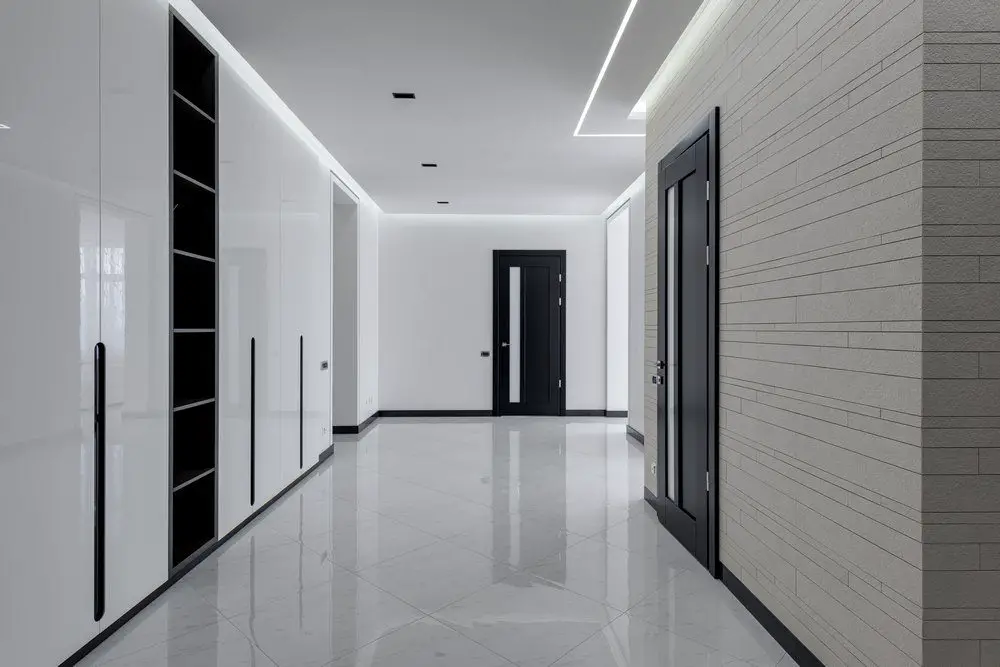When it comes to home features, some homeowners improve aesthetic appeal, others improve convenience, and still more provide a specific function or security value. For example, a safe room is all about security and functionality, a feature that more homeowners are considering.
Contents
Safe Room: It’s Better to Be Safe Than Sorry
A safe room is a reinforced room within a home that provides shelter and protection in the event of a natural disaster, fire, home invasion, or theft. An excellent safe room will be built per FEMA standards and guidelines. Ideally, your safe room should include security cameras showing both the exterior and interior of your home, a fire sprinkler system installation, and the best locks available.
You can upgrade your residential security to include an impenetrable safe or panic room, even if you live in an existing home. Follow our instructions to create a panic room in your home.
Purpose
People build safe rooms for a variety of reasons. It is essential to consider the room’s intended purpose carefully. This will help you make decisions about how to construct your secure space.
For example, will it house confidential work documents? If so, you will want an excellent safe. Have there been lots of thefts in the area? If so, you can consider a gun safe.
Planning Your Safe Room
The construction and design of the safe room must be reinforced and built to withstand storms and threats of attack; be sure to consider these factors as you plan and make the safe room. Tornadoes, for example, have five levels of severity, and hurricanes have five levels of protection.
So if you live in an area that has never experienced an EF-3 tornado, having an EF-4-rated shelter, for example, is debatable.
Location
Some rooms are better than others for converting existing space in the house into a safe room. The best DIY safe rooms have a single main entrance. This makes securing the room easier.
Things become much more difficult when you have two or more ways into a room because you must secure each entry. A walk-in closet can serve as an excellent safe room.
They are generally out of the way while remaining close to living areas. And closets are simple to conceal. Many walk-in closets are large enough that you can construct a false wall with a hidden room behind it that no one can see.
Access Door
This is your single point of entry and the most vulnerable point in any safe room. Interior doors are typically hollow core, making them easy to breach for a determined intruder.
The good news is that upgrading from a lightweight door to a solid-core door is simple and inexpensive. Make sure to paint it to match the other doors in your house.
It is preferable if your safe room blends in with the rest of the house rather than stand out and draw attention to itself. Keep this in mind if you plan to install a safe within the room also.
Interior door frames are flimsy as well. As long as you’re replacing your door, we recommend upgrading to a steel frame. Check that the paint matches once more.
Communication
You must communicate from within the room. The first option should be a mobile phone, followed by a burglar alarm keypad.
Although a landline will provide a constant connection in the panic room, it can be easily cut, so keep a separate mobile phone and charger in the room. Installing a security system in your home is an excellent way to strengthen your safe room.
Installing one of the security system panels in the safe room is a good idea because you can alert authorities to the safety of the room.
Windows
Many people will tell you that windows pose a significant security risk. Because even the slightest blow can shatter the glass, it’s best if your DIY safe room lacks one.
But that will be nearly impossible if you live in a small apartment or choose to retreat to your bedroom. However, there are some solutions to the window problem.
You can either invest in a bulletproof security window, which is costly but worthwhile or opt for less expensive options such as window security film or double-paned glass. Whatever you choose, throw in some heavy curtains or blinds for good measure. Keep them entirely closed with no gaps visible.
You now know how to construct a safe room, but your work is not done. You must stock it. You’ll need supplies if you have to spend any time in your safe room.
The number of supplies required is entirely dependent on the number of people sheltering inside and the length of time. It is critical to keep a small supply of water and snacks on hand.
It will allow you to relax and feel more at ease, which is essential if you are going to be in your safe room for an extended period of time. This can be the case in a weather-related emergency safe room.
It will also be useful to have a small portable camping toilet in your safe room.
Perhaps you don’t consider yourself particularly wealthy, and thus don’t need a safe room, or believe one will be prohibitively expensive? If this is the case, it is worthwhile to consider the current threats.
Potential threats can take many forms, and if one does occur, you’ll be glad you took safety measures into your own hands and installed a safe room.
In an unpredictable world, taking precautions to protect yourself and your family is one way to achieve greater peace of mind. As a result, a panic or safe room is an increasingly popular addition to modern homes, and it’s a security feature that almost anyone in any dwelling can use.
Installation of Security Features
A safe room is an important addition to any home, especially one with children. In the event of an intruder, there needs to be a room that can be locked down quickly and offer protection.
Installing a safe room in your home will give you peace of mind when you’re not at home by giving you and your family an added layer of protection. Here are some ideas for turning a portion of an existing house into a safe room.
Always have an Emergency Plan
If you don’t have space or need to create a safe room from scratch, there are some things you can do to make your home safer. In the event of an emergency, safety comes first and should be prioritized above all else.
Consider building or purchasing a safe room in your home if it doesn’t already exist. A safe room has three primary components–a reinforced steel door, bullet-resistant windows, and access to outside air.




